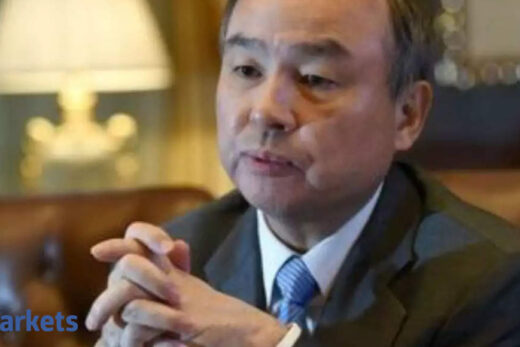India’s exposure to USTs stands at $210 billion as of end December, down from $220 billion in end November, according to data from the US treasury department. “RBI selling UST in December may be a reflection of currency diversification, in light of rising yields, particularly in US,” said Rahul Bajoria, chief economist at Barclays India. “This may also point to their views on fiscal spending.” Notably even the two largest holders of USTs, China and Japan along with some European investors like France and emerging market investors like Philippines and Brazil have also cut down their exposure to USTs. foreign investors in USTs have lowered their exposure to USTs by $61 billion between July and December, the US treasury department data indicates.
For India, where the central bank is one the largest investors in the US treasuries, the forex reserves pile-up that is happening since the pandemic induced lockdown, the pull down from USTs could be temporary. “Given that foreign reserves continue to climb higher, this could well only be a pause, not an end to UST holdings growth for India” said Bajoria.
With USTs continuing to be safe and liquid investments might continue to rise in the asset, despite hardening of yields. “There was no convincing reason as to why RBI partly sold UST holdings. The central bank might be expecting some volatility in the currency market around that time, which likely prompted them to build up a war chest with them,” said Devendra Pant, economist at India Ratings.
Market analysts continue to expect the yield on USTs to harden which in turn could weigh on India’s investment decision in USTs, besides a challenge for liquidity management for the central bank. “Our rates strategists expect the 10y UST yield to harden to 1.75% by December” said a report by BofA Securities. “We continue to expect the RBI to contain yields by a mix of $39bn of OMO in FY’22 combined with 2-3 year reverse repos (LTRROs), 3% of book hike in banks’ held to maturity (HTM) limits, extended to FY’26 and intervention in the forward market by the central bank” it said.



